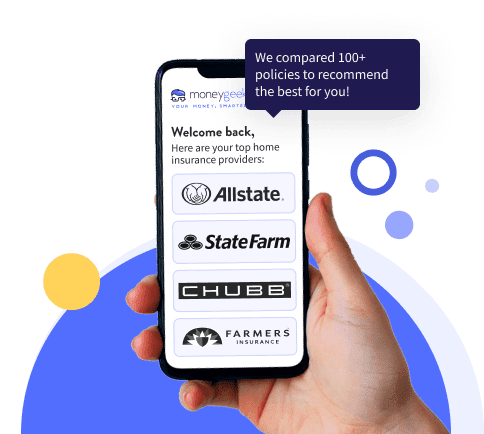Flood insurance isn’t included in standard homeowners and renters insurance. You need to get a separate policy to be financially protected from flood damage. Premiums are usually determined by a mix of location and individual property risks, including your home’s structure and elevation.
Since Oregon has multiple flood-prone areas, it’s best to check a local flood map to see if your house is within one. It’s also advisable to get flood insurance for an added layer of protection. According to the Federal Emergency Management Agency (FEMA), even an inch of water can cost you up to $25,000 in flood damage.















